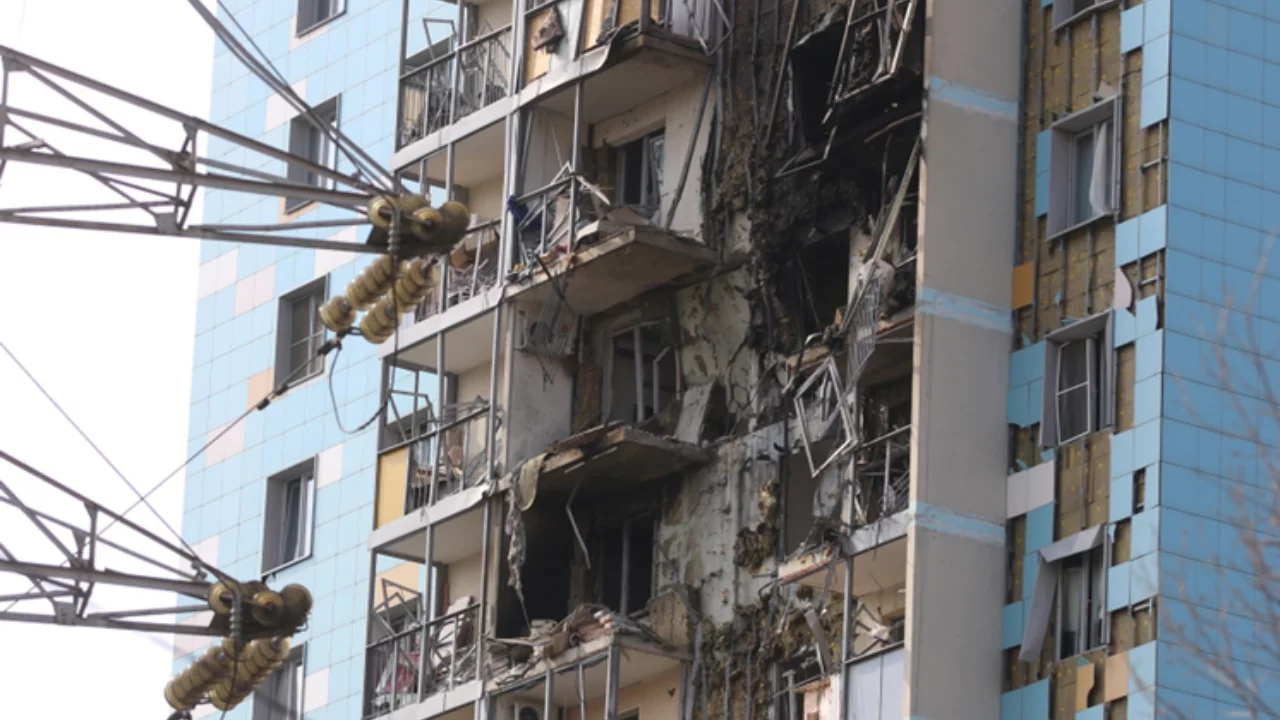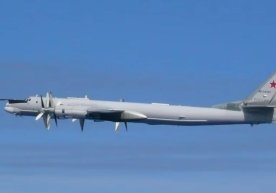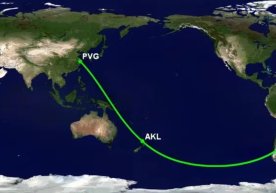
In recent years, the information regime has been further tightened against the backdrop of the Ukraine-Russia war. In particular, serious restrictions have been introduced on the distribution of photos and videos depicting the consequences of Ukrainian drone strikes in Russian regions. According to Kommersant, publishing such information in more than 10 regions from 2024 may lead to administrative liability.
Operation in Kalinka and Tula: first fines and violators
The Kaluga and Tula regions are noted as the first regions to implement these laws in practice. By the beginning of June, 42 administrative offense protocols had been issued in the Kaluga region. Most of them were drawn up against local citizens who took photos of the consequences of drone strikes on their phones and shared them on social networks.
Also, under the new law "On Administrative Offenses in the Kaluga Region", fines of 3-4 thousand rubles are imposed on individuals, 30-40 thousand on officials, and 80-100 thousand on legal entities. In cases of repeated violations, fines will be further increased - up to 5 thousand rubles for citizens and up to 200 thousand rubles for companies.
Interestingly, the real goal behind these restrictions is to eliminate the possibility of Ukrainian intelligence obtaining accurate information by distributing images of the attacks. Therefore, there have been cases where even comments on social networks have led to administrative cases.
Every picture can lead to criminal consequences
A similar violation was recorded in the Tula region. A person who filmed a drone attack on the city of Aleksin in January 2025 and distributed it on his Telegram channel was fined 25 thousand rubles.
While this is the only case in the region, it serves as a signal for other regions.
Situation on the ground: restrictions exist, but they are not implemented in practice
Similar restrictions have been introduced in a number of other regions - Adygea, Kursk, Volgograd, Kalmykia, Tver, St. Petersburg, Vladimir and others, but no one has been punished yet. Officials explain this with two reasons: first, the population has become more cautious, and second, so far, since the law is only being implemented, no serious problems have arisen.
In the case of the Kursk region, residents are afraid to post images with the exact locations of military facilities, because they understand that punishment is inevitable.
There is no ban at the federal level... yet
It should be noted that a federal law has not yet been adopted in Russia. However, after the drone attack on Moscow in August 2023, the draft law proposed by the Crimean State Council provided not only for a fine, but also for imprisonment for up to three years. This project was not submitted to the State Duma. This is because the Kremlin believed that a balance should be maintained between freedom of information and national security.
Conclusion: information is a new field
Against the backdrop of the Russia-Ukraine war, the exchange of information is being further controlled. In this era, when the release of a single photo or video can affect the outcome of an entire military operation, each frame has not only journalistic, but also strategic importance. Domestic legislation is being shaped accordingly. Read “Zamin” on Telegram!
Ctrl
Enter
Found a mistake?
Select the phrase and press Ctrl+Enter Related news
Information
Users of Меҳмон are not allowed to comment this publication.
Users of Меҳмон are not allowed to comment this publication.














